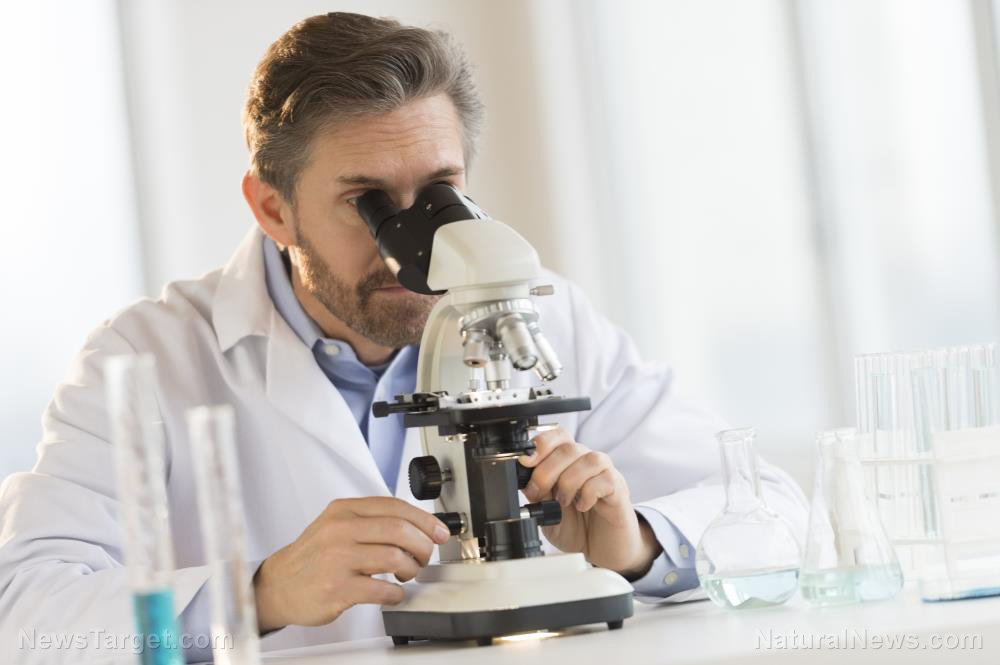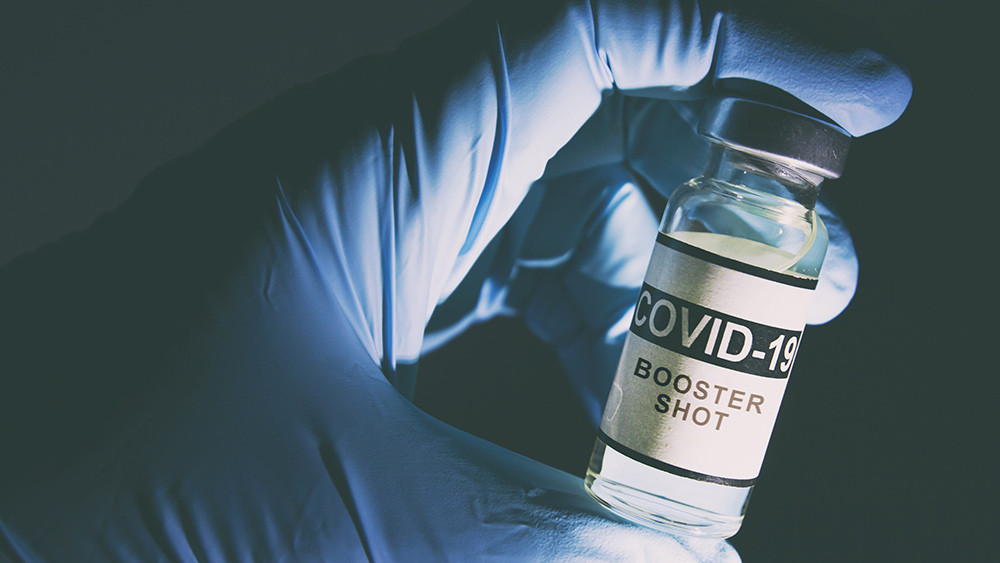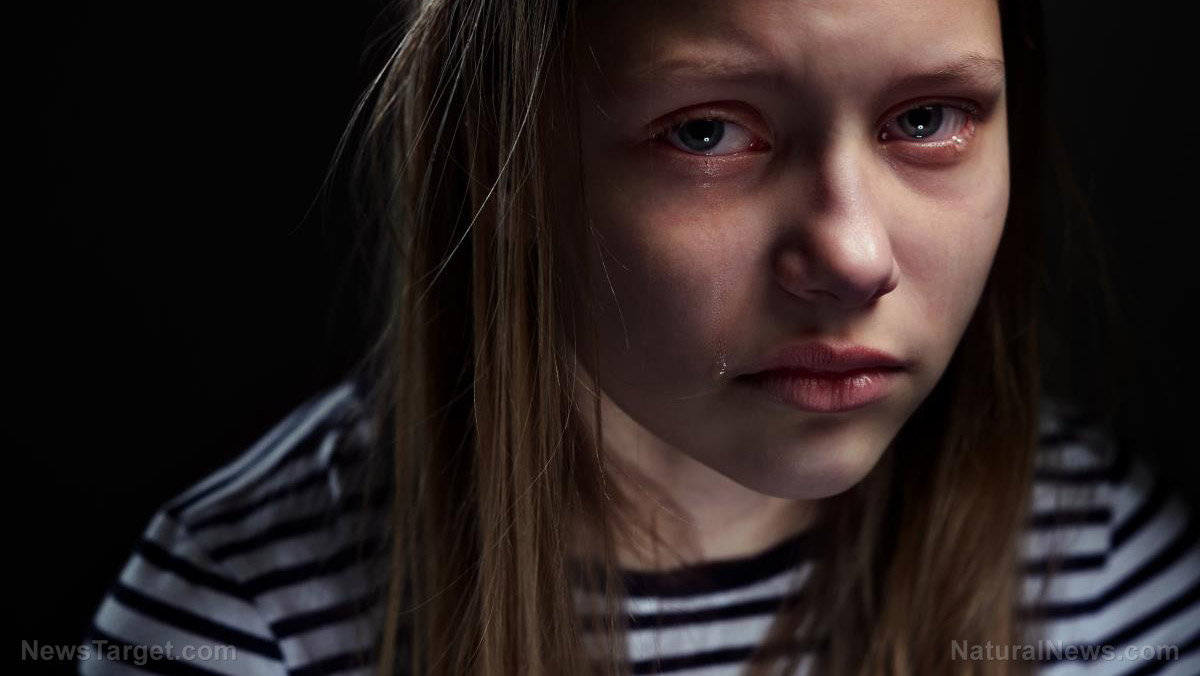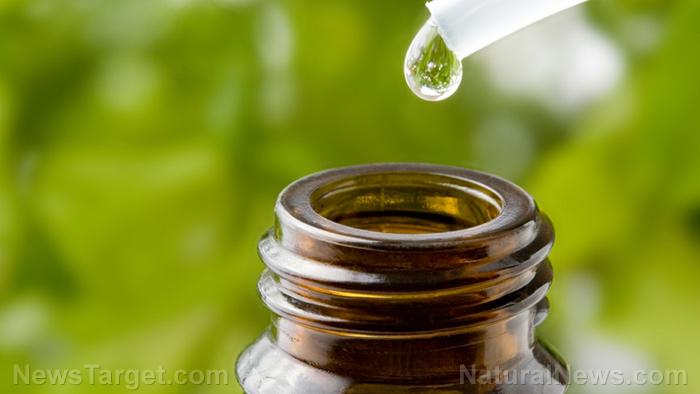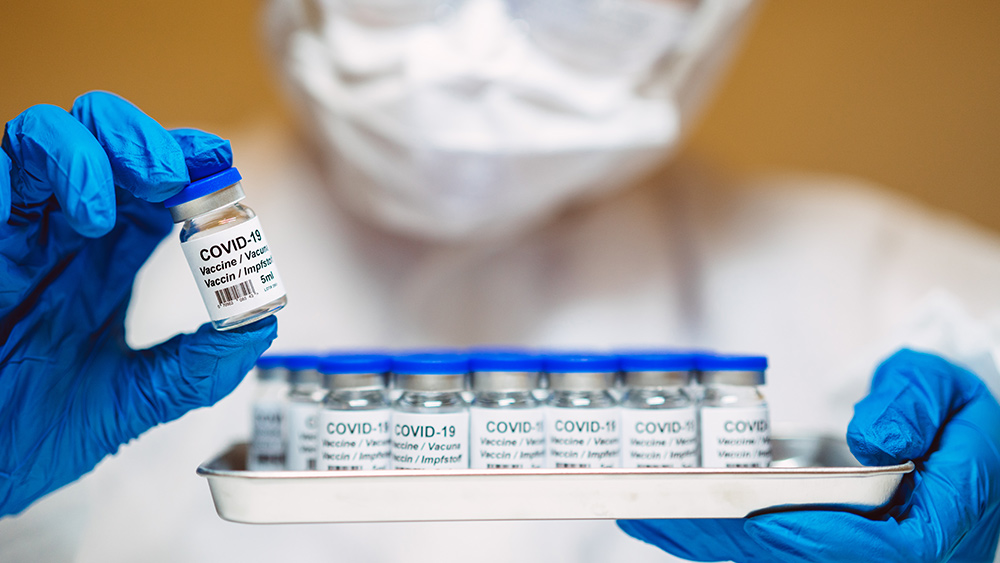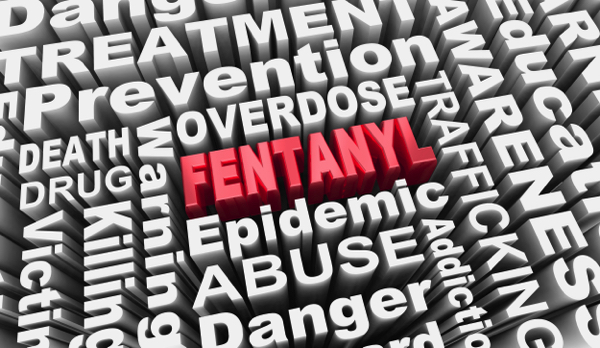 Parler
Parler Gab
Gab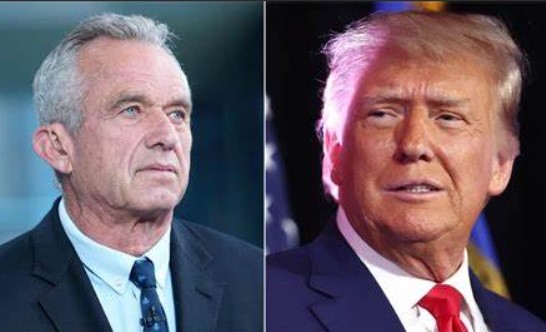
- The FDA, under HHS Secretary Robert F. Kennedy Jr., announced a phased elimination of six synthetic food dyes (including Red No. 40 and Yellow No. 5) by 2026, prioritizing public health over industry interests.
- The ban targets dyes linked to tumor formation (Red No. 3), hyperactivity and allergies, with Kennedy criticizing reliance on industry-funded research and calling the U.S. food supply a "toxic soup."
- The plan aligns with President Donald Trump’s broader health initiative, including faster bans (e.g., Red No. 3 by 2025), natural dye alternatives and addressing chronic illnesses affecting 60% of U.S. children.
- Companies like Mars and PepsiCo face costly reforms, but the FDA pledges flexibility. Critics argue the science is mixed, while proponents emphasize precaution amid rising childhood health issues.
- The move signals a shift toward disease prevention, with Kennedy advocating for toxin-free food and medications to reduce healthcare costs (e.g., diabetes consuming 10% of GDP). Success hinges on public trust and independent research.
From controversy to action: The science behind synthetic dye concerns
The FDA’s plan responds to mounting concerns about synthetic dyes like Red No. 3, which have been linked in studies to tumor formation in animals. Other additives, such as Yellow No. 5, have been associated with hyperactivity and allergies in sensitive populations. Despite these findings, the FDA historically deemed such dyes safe in small amounts, relying on industry-funded research to justify their continued use. “We are finally prioritizing independent, transparent science over the influence of Big Food and Big Pharma,” Kennedy added, citing a rise in childhood conditions such as diabetes, food allergies and autism as evidence of systemic failures. The administration’s actions build on a decades-long debate over food additives. For instance, Red Dye 3 was banned globally in cosmetics in the 1990s but remained in maraschino cherries due to industry lobbying. The NIH will collaborate with the FDA to study long-term effects of dyes, addressing gaps in existing research. “We must ensure policies are based on objective data, not corporate agendas,” said FDA Commissioner Dr. Marty Makary, who noted that 60% of U.S. children now face chronic illnesses.Kennedy’s Make America Healthy Again: A broader health agenda
The synthetic dye phaseout is part of a wider MAHA strategy to remove toxins from consumer products, promote natural therapies and tackle health disparities. Kennedy’s cited research indicates 74% of U.S. youth would be ineligible for military service due to health issues, reinforcing his call for urgent action. The plan also includes accelerating the ban on Red No. 3 — a dye still used in certain cheeses and medications — prematurely to 2025, exceeding previous deadlines. By 2022, companies must replace synthetic dyes with four newly authorized natural alternatives, such as butterfly pea flower extract. Critics argue the administration is overreaching amid mixed scientific consensus, with the FDA’s previous assessments finding most children experience no adverse effects. However, MAHA proponents stress that precautionary measures are warranted given the growing burden of preventable diseases.Industry response and path forward: Natural alternatives take center stage
Major food corporations like Mars (maker of M&Ms) and PepsiCo (Gatorade, Mountain Dew) face costly reforms. The FDA has pledged to support industry transition through regulatory flexibility, citing European and Canadian practices, where synthetic dyes are already restricted. “This isn’t about stifling innovation—it’s about listening to mothers who want safe, transparent choices for their families,” Kennedy said. The initiative also pressures the pharmaceutical industry to remove dyes from oral medications, though specific timelines remain unclear.A shift in public health priorities
The announcement underscores a seismic shift in federal oversight, prioritizing environmental health over economic interests. By targeting synthetic dyes, the administration signals a renewed focus on preventing chronic disease rather than treating it — a pivot Kennedy argues could save trillions in healthcare costs. “Every time we remove a toxin, we don’t just protect children — we reclaim our national health,” Kennedy concluded, referencing soaring costs of managing conditions like diabetes, which now consume 10% of the U.S. GDP. As the first wave of regulations takes effect in 2026, the initiative’s success hinges on public trust amid ongoing debates about its scientific basis. Yet for Kennedy, it’s a simple equation: “If these dyes are safe, manufacturers have nothing to fear. But if they’re not, our children deserve better.” The policy’s ripple effects will doubtless reshape food production and regulatory priorities, setting a precedent for how the U.S. addresses emerging public health challenges in an era of escalating environmental and pharmaceutical scrutiny. Sources include: YourNews.com FDA.gov NBCChicago.comCheap, generic and unpatentable DMSO: A THREAT to Big Pharma profits
By Olivia Cook // Share
FDA reconsiders COVID-19 booster approvals, with Makary emphasizing the need for “good data”
By Ramon Tomey // Share
California lawmakers weaken bill targeting child sex buyers
By Laura Harris // Share
How DMSO could transform medicine, science and more
By Olivia Cook // Share
Simple exercise could slow the progression of Alzheimer’s disease, new study reveals
By Ava Grace // Share
By Lance D Johnson // Share
Governments continue to obscure COVID-19 vaccine data amid rising concerns over excess deaths
By patricklewis // Share
Tech giant Microsoft backs EXTINCTION with its support of carbon capture programs
By ramontomeydw // Share
Germany to resume arms exports to Israel despite repeated ceasefire violations
By isabelle // Share
